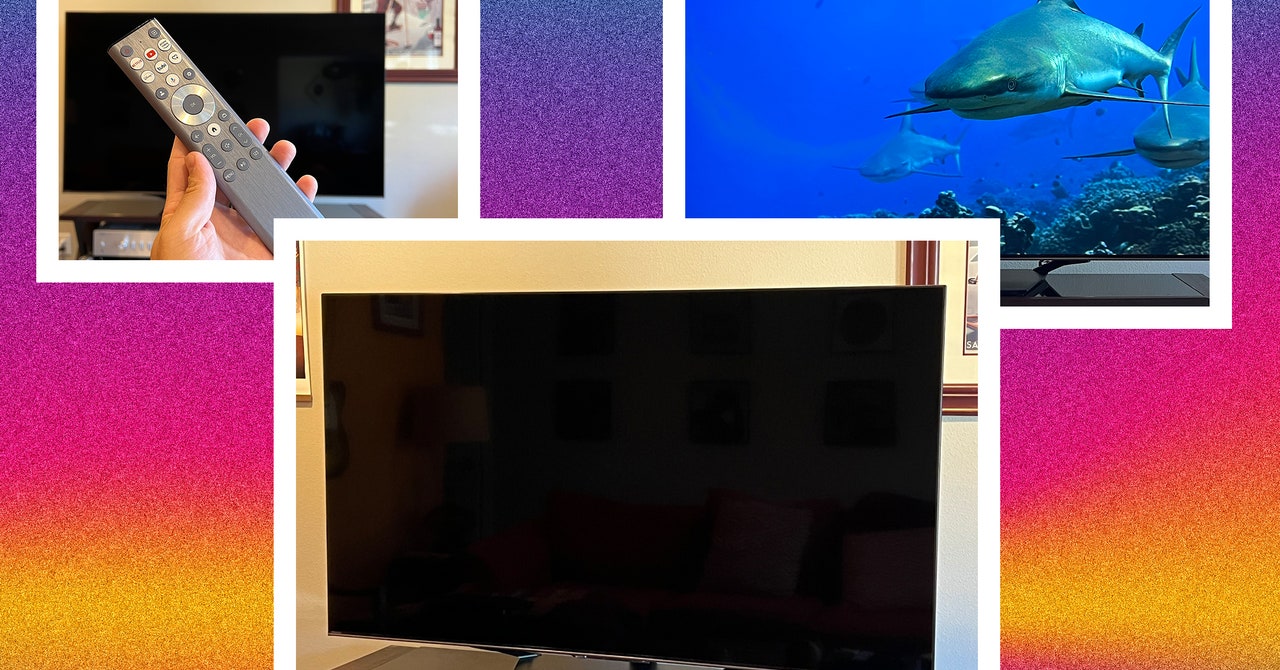
Everyone desires one thing for nothing—or at the very least as near nothing as they will get. When most individuals ask me which TV to buy, they often give me a finances of round $300 for a 55-inch, or perhaps $500 for a 65-inch mannequin. I get it, all of us like to economize, however in the event you can stretch that finances a bit additional, issues actually begin to get good.
Hisense’s U7 collection epitomizes the worth of investing above the baseline. It will possibly promote for round $1,000 for a 65-inch mannequin, however its road worth is frequently $800 or much less. The brand new U7N steps up in some notable methods above the already nice U7K, providing barely increased brightness, higher general backlighting management to ship deeper black ranges, alongside quantum dot colours bursting with vibrancy. It’s additionally acquired glorious gaming options for its class and an improved Google TV interface for a stable all-around improve.
You’re nonetheless coping with compromises, together with throwing the cube on some quality-control points like poor display screen uniformity. When you’re extra persnickety and fewer of a cutthroat discount hunter, you’ll need to contemplate the shockingly vivid Hisense U8N (8/10, WIRED Recommends) and even Sony’s posh Bravia 7 (7/10, WIRED Recommends) on sale. In any other case, the U7N is a tempting bump above the fundamental for these prepared for the true spectacle of 4K HDR.
Largely Easy Setup
Placing the U7N collectively is surprisingly straightforward. I ought to know since I’ve gotten the pleasure of doing it twice; the primary mannequin I acquired was broken in delivery.
Even first-timers will discover the {hardware} meeting breezy. The panel is refreshing mild (simply over 42 kilos for the 65-inch mannequin I reviewed), and the brand new pedestal-style stand, which makes use of two legs adjoined by a plastic plate, clicks collectively in seconds with out screws. It is also way more fashionable than the prior U7K’s duck-skate legs. The one caveat is a pair of cable guides that protrude unappealingly behind every leg.
{Photograph}: Ryan Waniata
Hisense’s model of Google TV makes the software program setup supremely intuitive, particularly in the event you’ve acquired any Google companies. The app-based system linked to my community instantly, and because of my earlier logins, it routinely arrange voice assistant matching and used my saved Google passwords to log in to some apps. I really like utilizing my Google Images as a display screen saver, and it is easy to alter the Ambient Mode later. The interface is fairly responsive, other than a bent to mute the amount for a second or two when rewinding or fast-forwarding.
Optimizing the image high quality is extra onerous, although it’s not too arduous when you be taught Hisense’s quirks. As ordinary, I like to recommend switching the image mode to one of many cinema-based choices for many content material. In SDR, the Theater Night time and Filmmaker modes are my favourite, whereas Theater Day gives extra spark you probably have quite a lot of ambient mild. The U7N is among the many few TVs in its class vivid sufficient to make use of Dolby Imaginative and prescient Darkish frequently, which I employed for all however the murkiest content material even in average lighting. I left the Native Dimming and Peak Brightness settings on Excessive in all modes, however you’ll be able to modify peak brightness later if it is too scorching.
The TV’s optical mild sensor, which adjusts display screen brightness based mostly on room lighting, is complicated. Most TVs present a worldwide setting you’ll be able to flip off within the Ambient Mild or Eco settings, which I often flip off for higher accuracy (and since I do not like my TV dimming with out warning). Hisense builds it into every Image Mode quite inconsistently. For instance, the setting is off by default within the HDR Filmmaker Mode however on for SDR Filmmaker. Dolby Imaginative and prescient Darkish, designed as essentially the most correct Dolby Imaginative and prescient setting, additionally has the sunshine sensor on by default. When you prefer to be in command of your TV’s dimming tendencies, you’ll need to be certain the sensor is off for every mode you employ, and ensure to change every mode from Present to All Sources.






